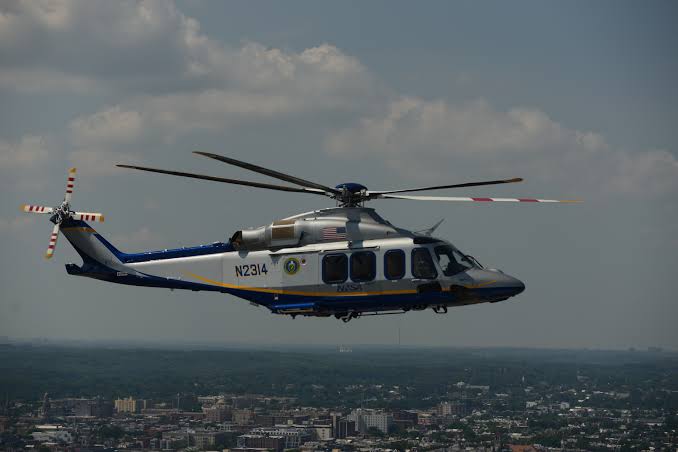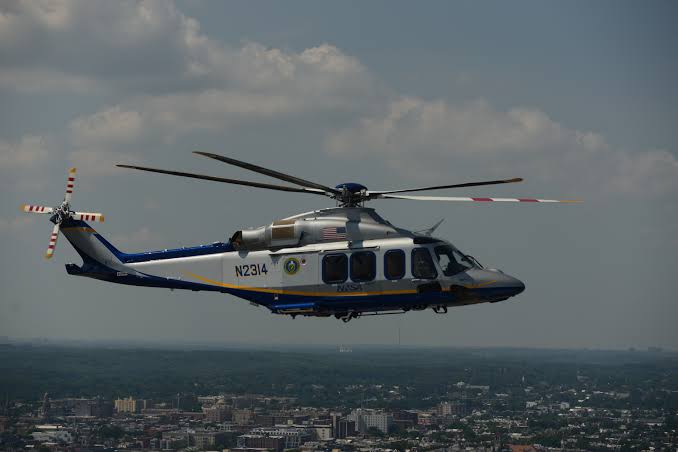
As the nation prepares for Donald Trump’s inauguration on Monday, federal authorities are ramping up security measures, including aerial surveillance by helicopters, in a bid to ensure public safety. This initiative includes searching for any potential radioactive materials that could pose a threat during the high-profile event.
The spotlight on security is particularly intense during presidential inaugurations, but this year’s preparations appear to be more pronounced. The presence of federal helicopters in the skies signals a robust defense strategy, leveraging airborne technology to monitor potential threats from above. Authorities are focusing on identifying and locating any unusually detected radioactive substances that could be associated with terrorism or domestic threats.
The U.S. Department of Homeland Security (DHS) and other federal agencies have been working tirelessly to implement a multi-layered security plan. This plan engages not only aerial surveillance but also local law enforcement and intelligence-sharing among diverse agencies. Given the myriad of concerns typically surrounding high-profile events, the emphasis on detecting radioactive materials represents a proactive approach to potentially mitigate risks.
In the days leading up to the inauguration, intelligence analysis indicated that nefarious groups might target the event to disrupt the democratic process. The concern is heightened by the knowledge that certain radioactive materials, such as cesium-137 or cobalt-60, can be utilized for malicious purposes. Consequently, authorities are on high alert, employing advanced detection equipment and aerial patrols to survey large areas, particularly around key landmarks and venues associated with the inauguration.
The helicopters equipped with specialized sensors are expected to cover Washington, D.C., and its surroundings, scanning for radioactive signatures. The use of this airborne technology reflects advancements in security protocols that allow agencies to quickly respond to potential breaches and protect citizens during significant gatherings.
While no credible threats have been reported at this time, the heightened presence of security forces, including the federal helicopters, underscores the reality that vigilance is necessary in today’s world. Public safety remains the paramount concern, and agencies involved are keen on ensuring a smooth transition of power in a secure environment.
As the nation prepares to witness a momentous occasion in its political history, the intensive measures taken by federal authorities serve as a reminder of the dynamic threats present in modern society. The aerial search for radioactive materials exemplifies the lengths to which security agencies will go to protect citizens and uphold the democratic process during one of the most significant events in American politics.

Leave a Reply